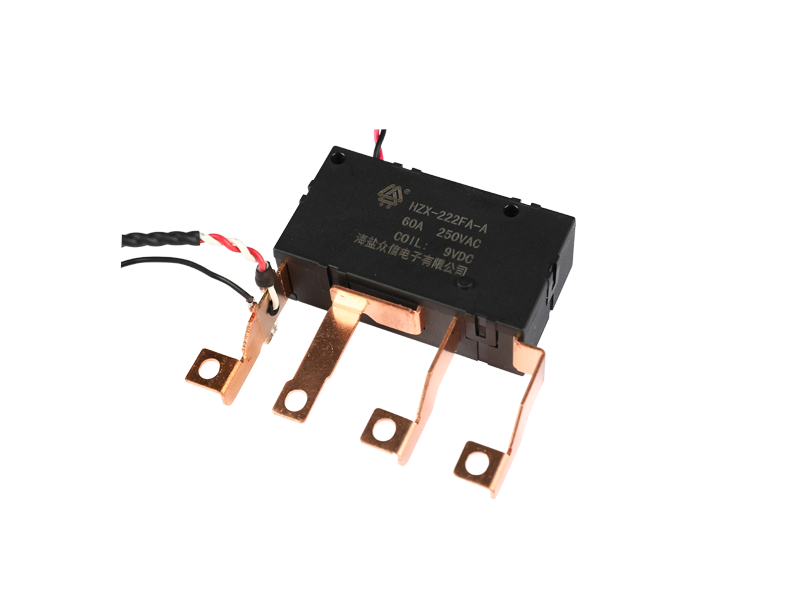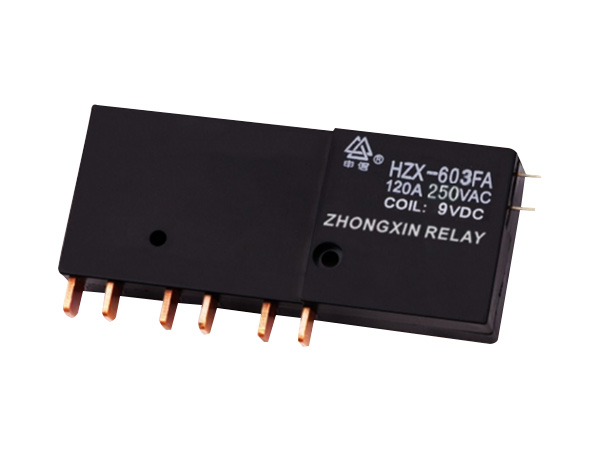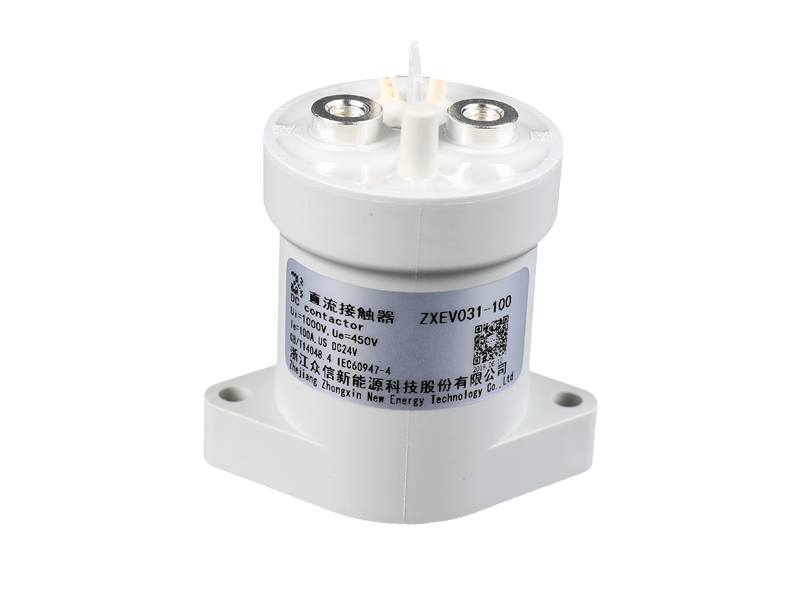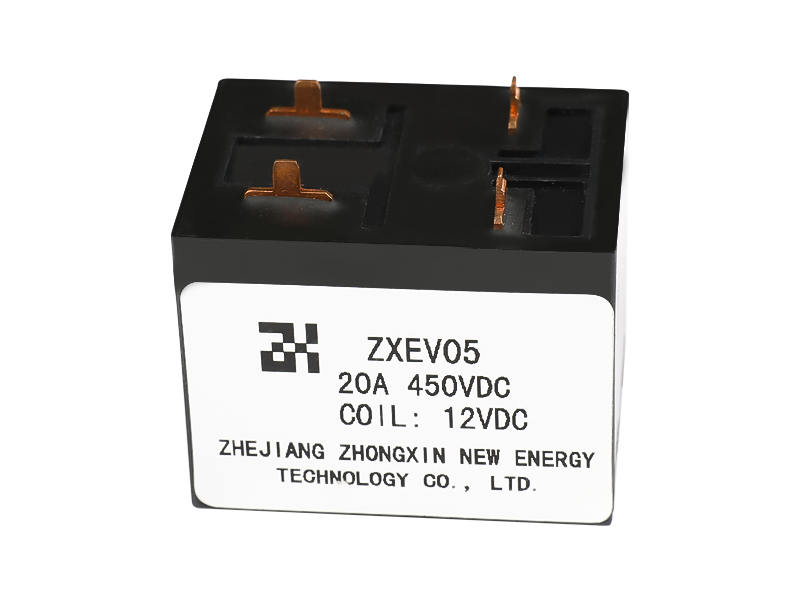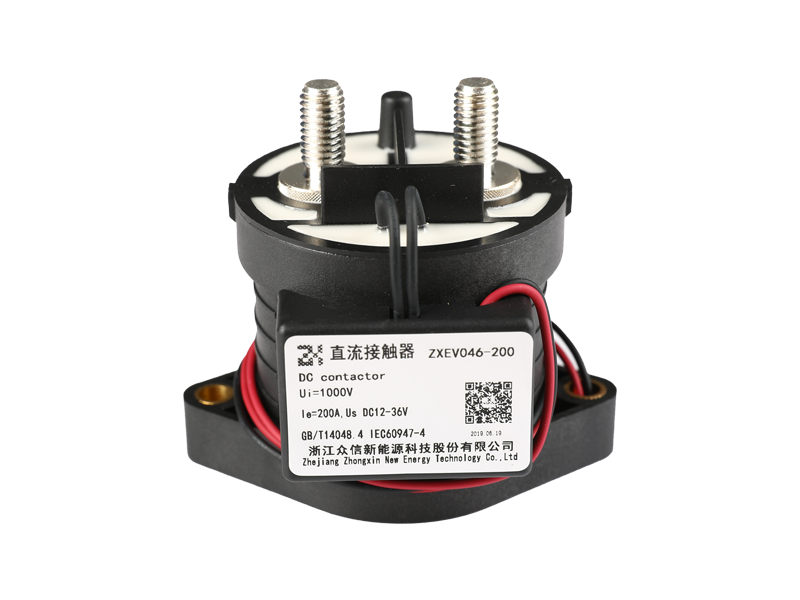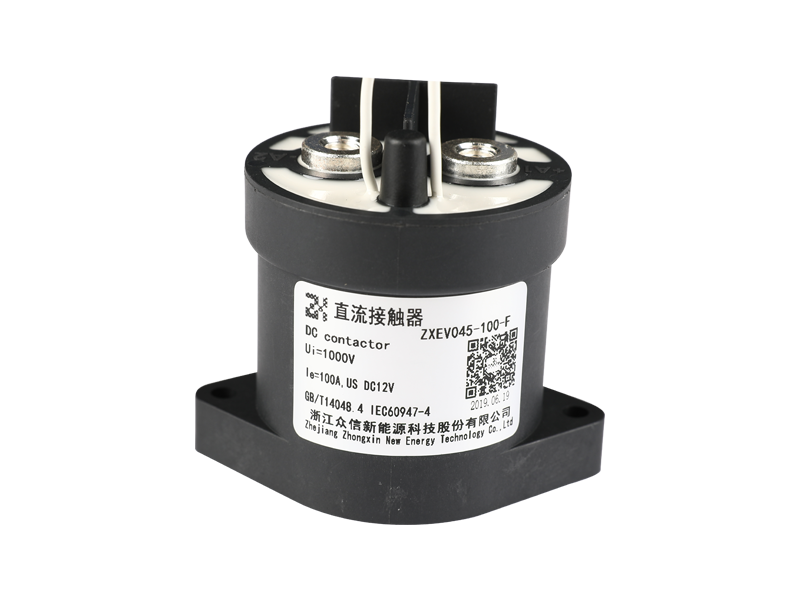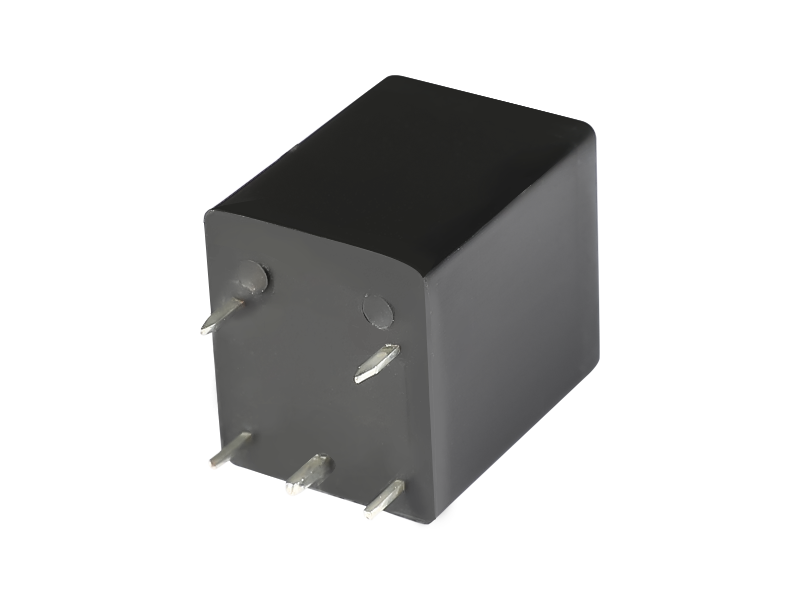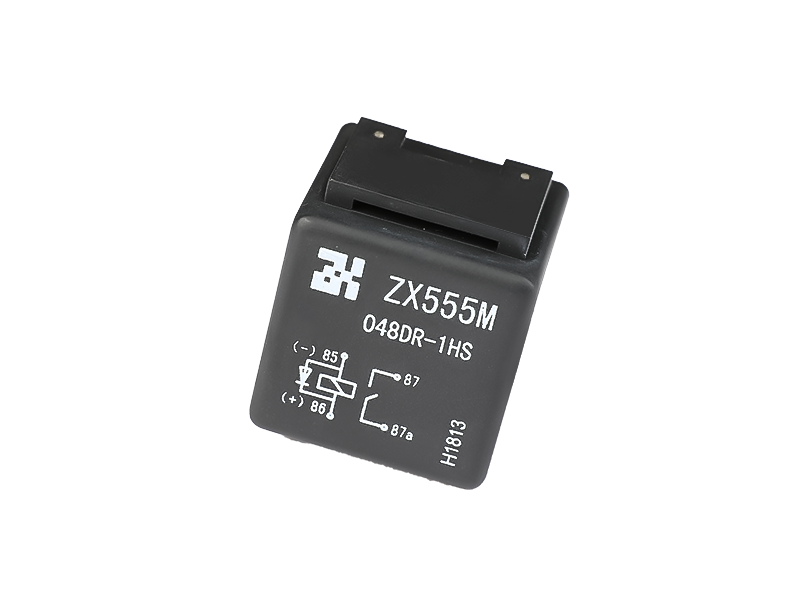If you're looking for a circuit switch, you may be wondering what latching relays are. There are many types of these switches, including automotive relays, differential relays, and timer relays. Here's an overview of these switches. They are often used in electrical applications to control loads. Here's what you should know about
latching relays.
Latching relays can replace contactors in lighting circuits because they don't have a power-driven coil. These devices can save 2W of power per relay, which adds up to around 5 kWh of energy savings per year. They also enable pushbuttons and parallel keys to control lighting, which makes them useful for lighting plants that have multiple locations and complex wiring. This makes them a great option for a variety of applications.
Latching relays have a unique feature: they use an intermittent circuit to switch between two states. When the circuit current flows through a circuit, the magnetic strip in the middle of the device is exposed to a magnetic field. When this current is applied, it pushes the switch mechanism between the two coils into one position and then the other. When the circuit current is removed, the switch mechanism remains in its last position, and the reverse current pushes it back into the opposite position.
Latching relays can be used in any basic form of a relay. While most are fail-safe, latching relays require a momentary pulse to change position. A momentary pulse is sent to the coil from an application circuit to change the position of the moveable contact. If the pulse isn't received, the relay resets to the default state. A latching relay is often used to switch between two circuits.
These relays usually include NO and NC contacts. If all of them are closed, the relay will be in the NC state. On the other hand, a latching relay may be closed in both cases. This can cause problems if the circuit's current arcs over one of the contacts. This can result in a faulty relay. While latching relays may not be perfect, they're a great option if you want a relay that can switch multiple states.
Many large-scale electronics companies offer latching relays. This type of device can control many more lamps than contactors. They can also be configured for a fixed timing period. If you want to set the exact timing period, you can also program latching relays with a remote control panel. A latching relay is very versatile and can work in most industrial settings. If you're looking for a relay to control a large number of lamps, latching relays are a great option for you.
Another important consideration when choosing a latching relay is whether the load will be inductive. If it is, you'll want to check whether it's rated for tungsten or not. Some are lower-rated than others, especially if they're used to control loads with higher resistance. For example, a relay that is rated for a high-temperature load may have lower contact resistance than one intended for a resistive load.



